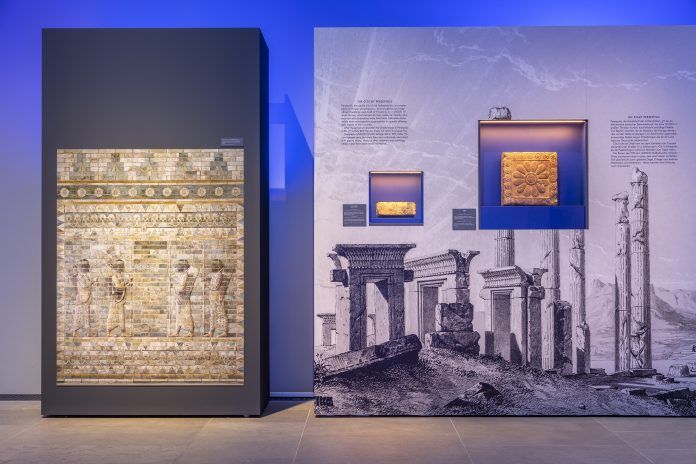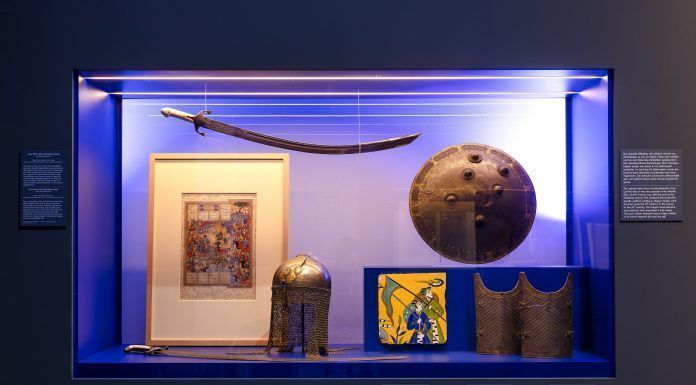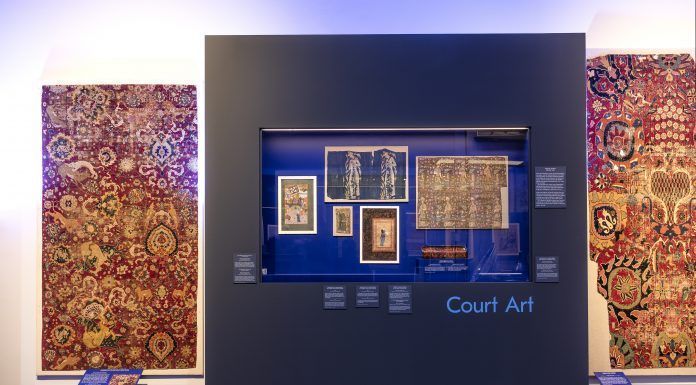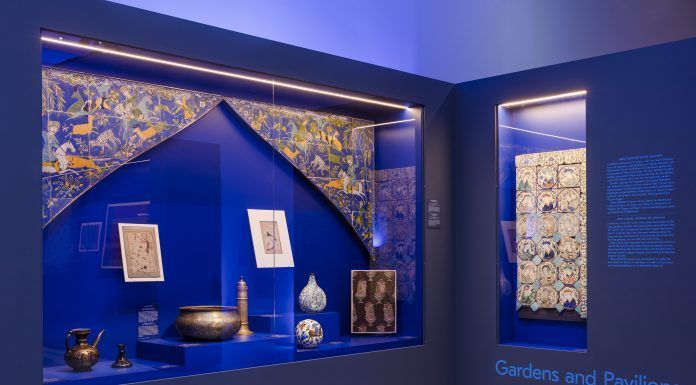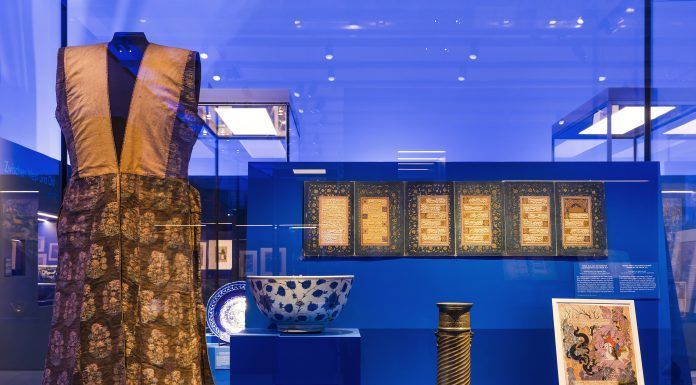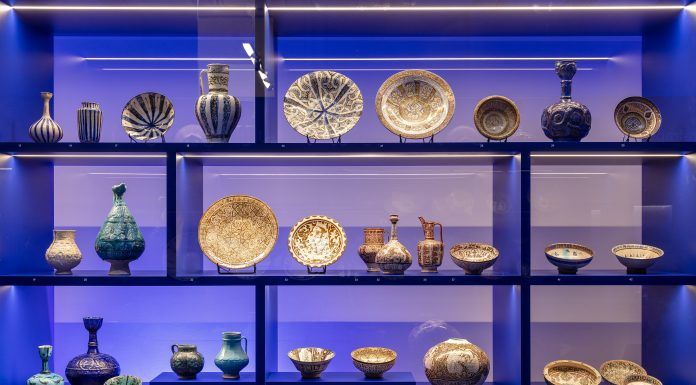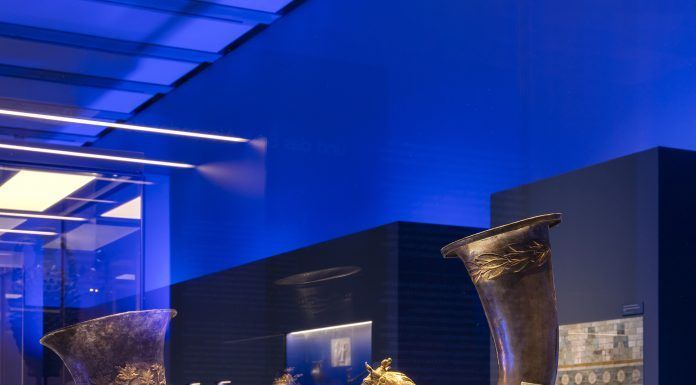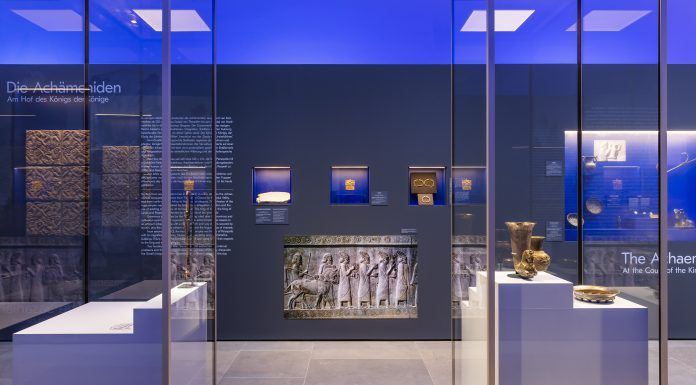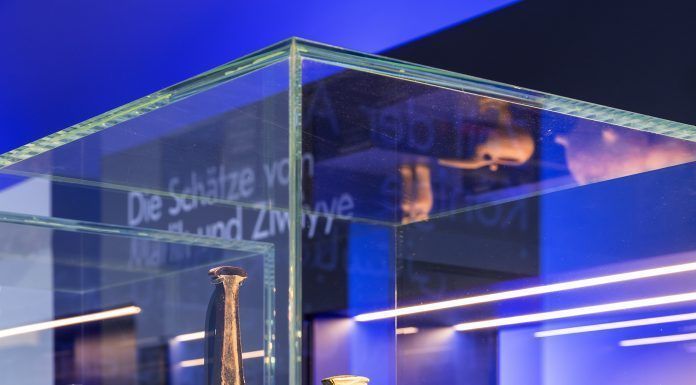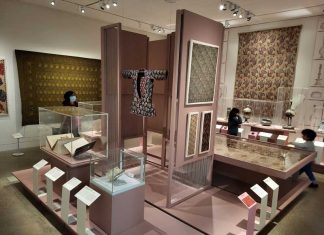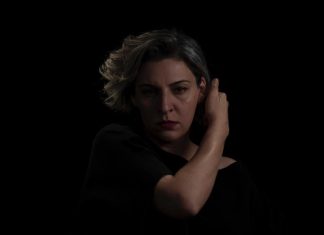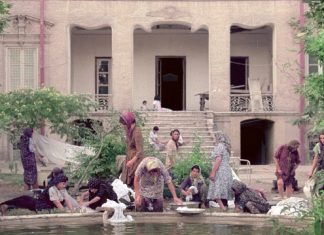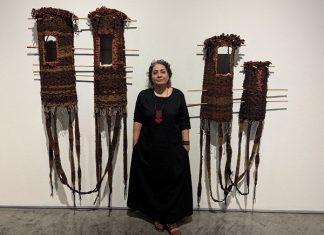By Nazanine Nouri
The Berlin State Museums have recently opened a major exhibition focusing on 5,000 years of Iranian history and heritage. “Iran: Five Millennia of Art and Culture” (at the Staatliche Museen zu Berlin) features 360 objects dating from the 3rd millennium BC to the early 18th century.
On display are a vast array of treasures: from clay objects and centuries-old ceramics to gold goblets, illuminated manuscripts, and fine textiles. These treasures originated in pre-Islamic times — the Achaemenid and Sassanid empires; in the centuries that followed the Muslim conquest of Persia (633 to 654 AD); and in the Golden Age of the Safavid dynasty (17th and 18th centuries).
[aesop_image img=”https://kayhanlife.com/wp-content/uploads/2022/01/23_ISL_Iran_Katalog.jpg” panorama=”off” credit=”KL./” align=”center” lightbox=”off” captionsrc=”custom” captionposition=”left” revealfx=”off” overlay_revealfx=”off”]
The objects come from the collections of Berlin’s own museums, as well as from the Sarikhani Collection in the U.K. A number of them were previously displayed at the Victoria & Albert Museum in London on the occasion of its “Epic Iran” exhibition, which ran from late May to September 2021.
Iran “might be one of the most important cultures anywhere in the world,“ said Stefan Weber, director of the Museum für Islamische Kunst, which is part of the Berlin State Museums.
“This exhibition is really long overdue,” he noted. “As in many countries in the region, our perceptions today are determined by political issues and contemporary concerns.”
“For Iran, this has been particularly true since the Islamic revolution of 1979, which is a formative event in our collective memory,” Weber added, explaining that it was important to delve into the country’s history and past to understand its present.
“This exhibition seeks to independently showcase – though without losing sight of the present – a long-standing national culture that is of the utmost importance for us,” he said.
“Iran. Five Millennia of Art and Culture” explores Iran’s central role as a “cultural highway” connecting Asia, Africa and Europe, and as a land of great ethnic and linguistic diversity.
The exhibition illustrates how, over the course of 5,000 years, a distinctive Iranian cultural identity emerged with the Persian language as its foundation. Farsi was the language of instruction and cultural production, but it was also an identity that constantly evolved as a result of trade, scholarship, and upheavals such as war and migration.
“Iran: Five Millennia of Art and Culture” is curated by Ute Franke and Stefan Weber from the Museum für Islamische Kunst, and Ina Sarikhani Sandmann of the Sarikhani Collection.
The exhibition also features a special display on illuminated manuscripts from the collections the Museum für Islamische Kunst [Museum of Islamic Art].
[aesop_gallery id=”150409″ revealfx=”off” overlay_revealfx=”off”]
“The Garden as a Place of Refuge: Persian Illuminated Manuscripts Meet Berlin-Style Allotment Idyll” draws parallels between the culture of the gardens of Iran, and the desire by modern-day city dwellers to resettle in the countryside, particularly in the midst of a pandemic.
“Persian illustrated manuscripts demonstrate in intricate detail and vibrant colors the enchantment of gardens,” said the exhibition curators. “In this display, they are juxtaposed with the promise of freedom of urban garden allotments, holiday shacks, and the altered significance of parks and gardens in the era of the pandemic.”
“Iran: Five Millennia of Art and Culture” runs through March 20 in the James-Simon-Galerie of the Staatliche Museen zu Berlin. The exhibition is accompanied by a 396-page catalogue published by Hirmer Verlag.

